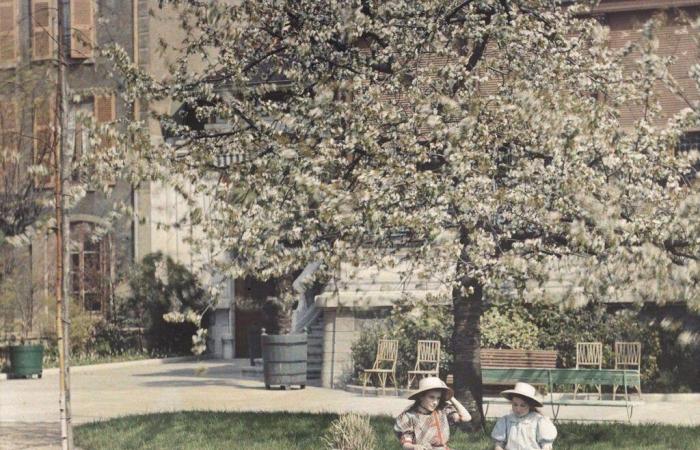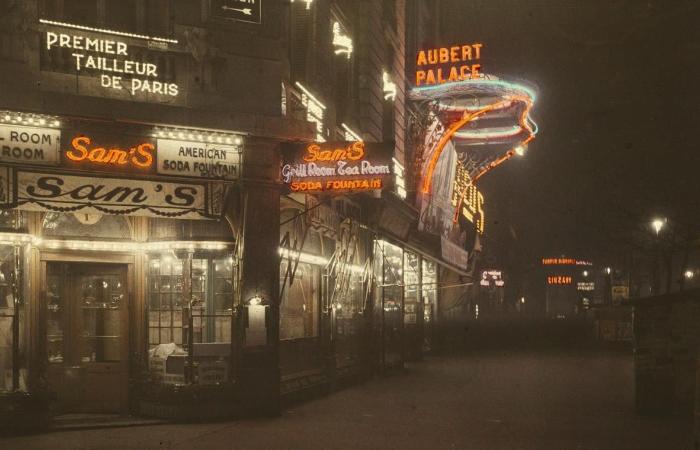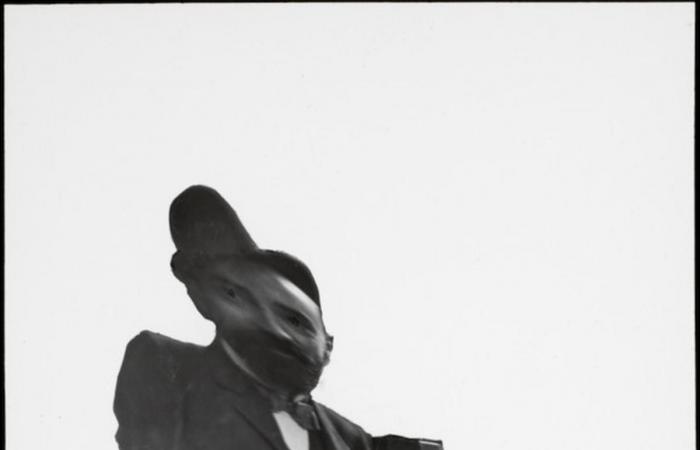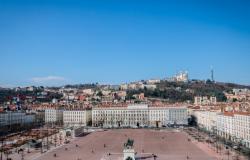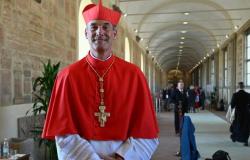CHe is a little-known personality among the Béarnais. And yet, it was in Sévignacq-Meyracq that Léon Gimpel died in 1948. Passionate, tireless experimenter, he was a pioneer of color photo reporting using the autochrome technique. Thierry Gervais dedicated a book to him in 2008. He is professor of history of photography at Toronto Metropolitan University, also responsible for research at The Image Center of this university.
Was Léon Gimpel a pioneer of photography?
Not in the first sense of the term. The pioneers were around 1839. Léon Gimpel started photography at the end of the 19th century.e century. I will contrast him a little with the photographers of the generation of the Kodak camera, invented at that time. The ad said “press the button and we’ll do the rest.” » The camera was a sort of black box. We didn’t really know what was going on inside. Photography was no longer the prerogative of technicians. It was becoming democratized. But there were still technicians. There were still people who liked to experiment with photography. Léon Gimpel was one of them. The technique serves his inventiveness and he twists it to succeed in doing what he wants.
I can tell an anecdote to illustrate this. In 1900, he purchased a new lens which had the particularity of correcting optical distortions. The first thing Léon Gimpel does: goes to the Universal Exhibition, to the Palais des Glaces, to take a photo of himself in distorting mirrors. To see what it does. I still find it quite funny, quite ironic.
From 1904, he worked for the newspaper “L’Illustration”. He became their special correspondent, particularly regarding photography. In 1904, he learned of the existence of the first industrialized color photography process: autochrome. He decides to go and have an interview with the Lumière brothers in Lyon. They will take three years to develop this technology. Léon Gimpel arranged with the Lumière brothers so that the launch of autochrome took place at “L’Illustration”, in 1907.
He, whom no one knows, will take the first color reportage photographs published in the press. He even found himself taking photos of the Queen and the King of Denmark! It was the Quai d’Orsay that made the request to “L’Illustration”. The photo was published at the end of June 1907. This provides information about the character: he does not shy away from the challenge.
In Bétheny, preparations for departure of the Zodiac III airship, August 28, 1909, immortalized by Léon Gimpel.
Collection French Society of Photography
Aviation also plays an important role in his work.
Yes, because this period is also that of the development of aviation. Léon Gimpel faces a problem: in photos, wherever you are on the ground, you have a silhouette of an airplane in a white sky. However, Léon Gimpel understood one thing: if it is visually explosive, it will be published.
He goes to see the Count of La Vaulx, to be put on an airship. As the planes of the time did not fly higher than 155 meters, the airships went higher. Léon Gimpel reverses the point of view. He takes photographs of planes from above. From this moment, he will begin to photograph events from above.
Léon Gimpel also participated in improving photographic technique. How ?
With a colleague from the French Photography Society, he improved the autochrome process twice, in the 1910s. Each time, he increased the sensitivity. Which allows Léon Gimpel to do something no one else has done before: color snapshots. You won’t see them in any other collection than at Gimpel. The exposure time is short enough to capture movement. Whereas, originally, the color requires an exposure time of several seconds.
Collection French Society of Photography
In Paris, neon signs on the boulevards: view taken at the corner of Rue des Italians by Léon Gimpel, December 3, 1925.
Biography
Léon Gimpel was born in Strasbourg on May 13, 1873, into a Jewish family who moved to Paris. Married to Marguerite-Marie Bouillon in 1939, he went to Béarn – then located in a free zone – during the war. He died in Sévignacq-Meyracq on October 7, 1948. He wrote his memoirs, which can be consulted at the French Society of Photography, in Paris.
Book “Léon Gimpel: the daring of a photographer (1873-1948)”, 2008. Texts by Thierry Gervais, Dominique de Font-Réaulx and Léon Gimpel. Price: 40 euros. To be ordered from the French Society of Photography. Address: 58, rue de Richelieu, 75 002 Paris.
Collection French Society of Photography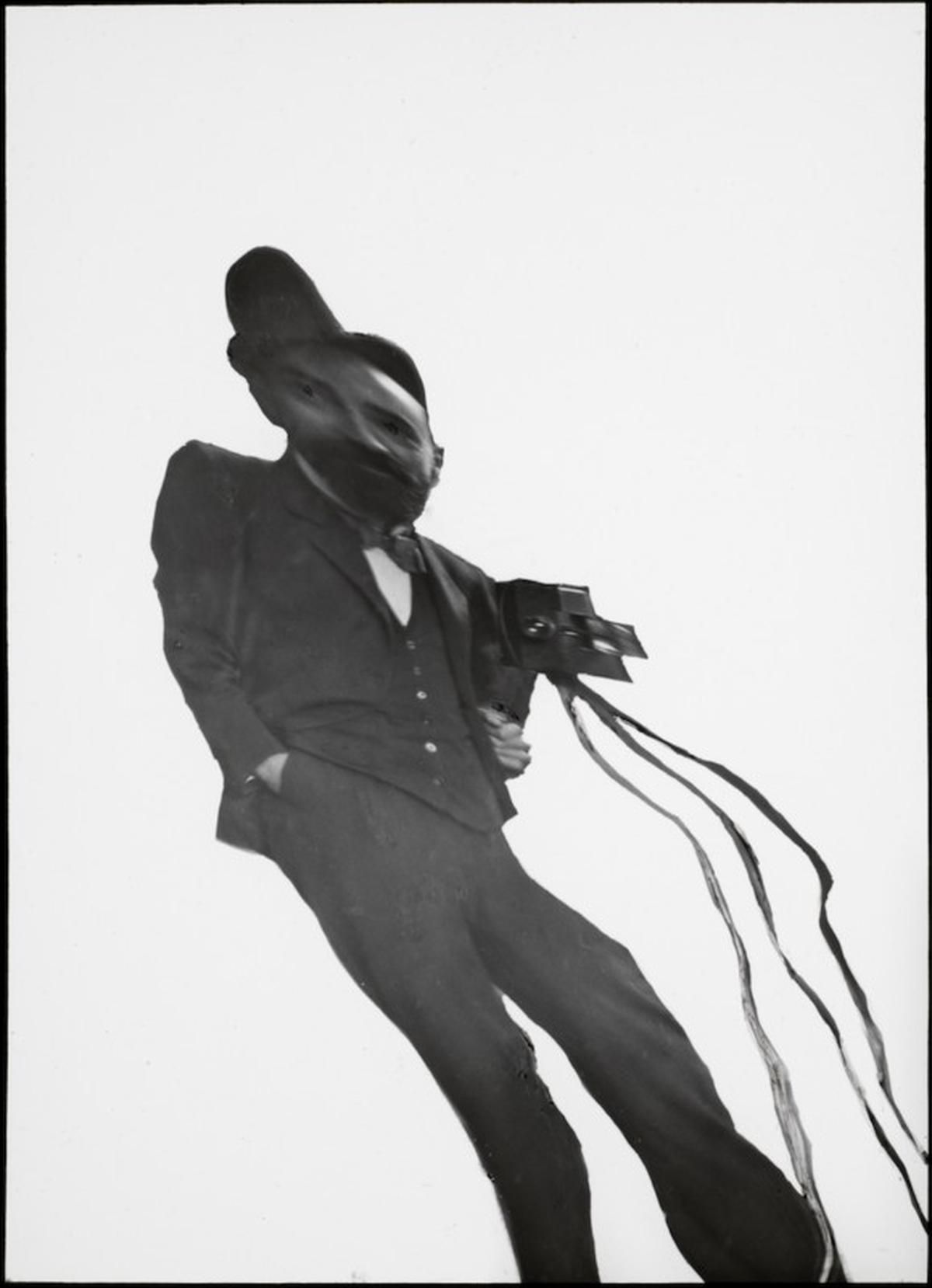
Self-portrait of Léon Gimpel in 1900

